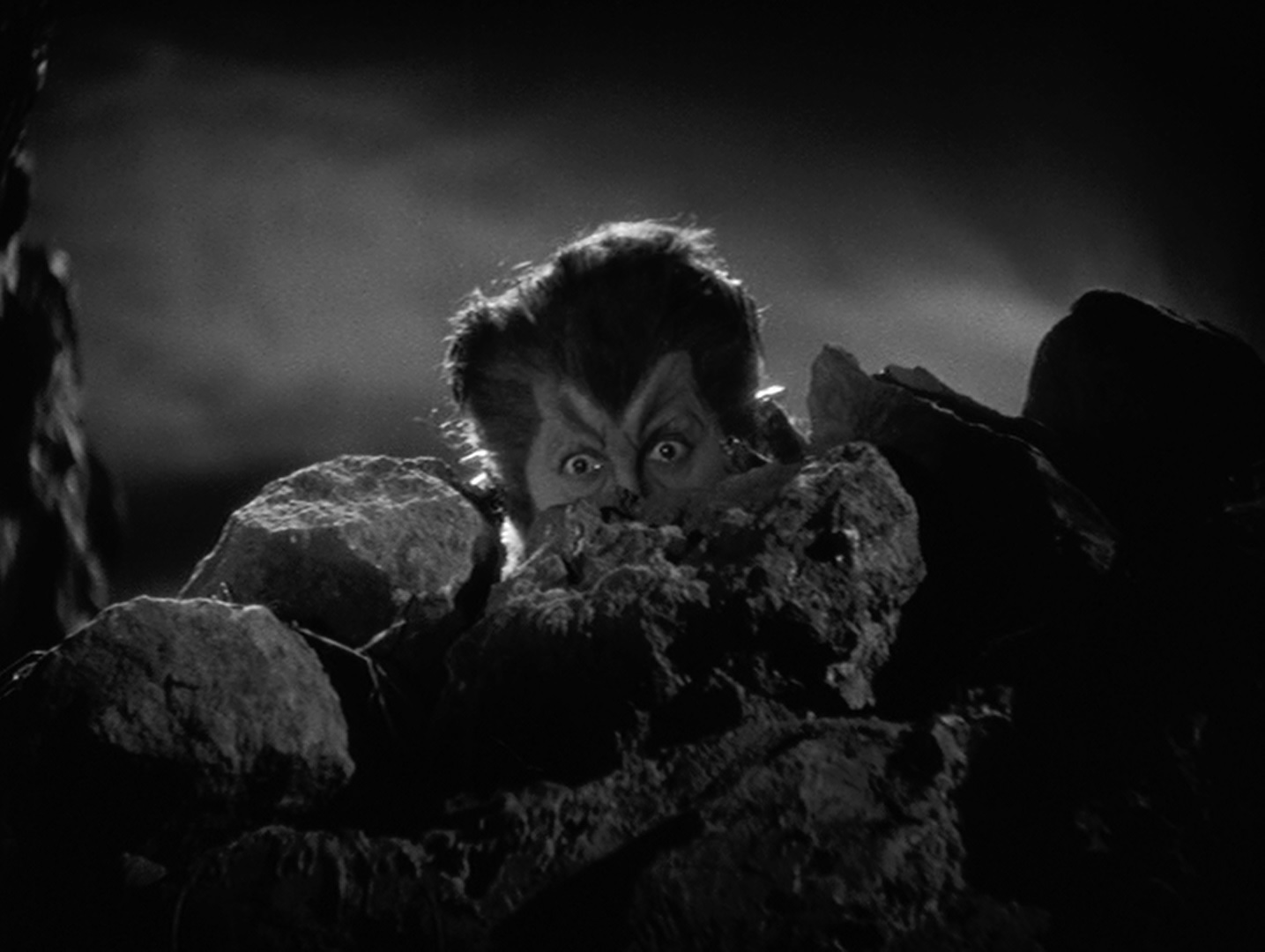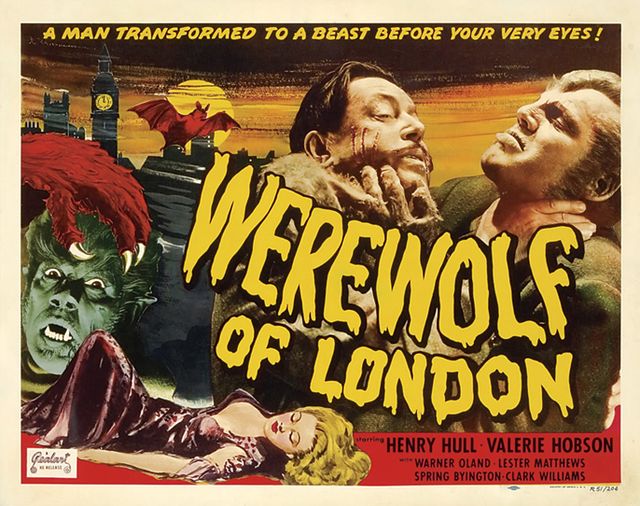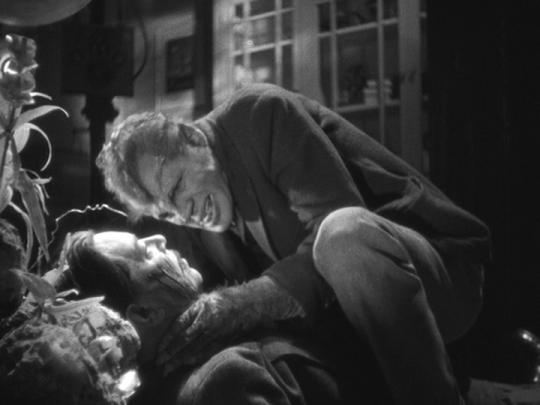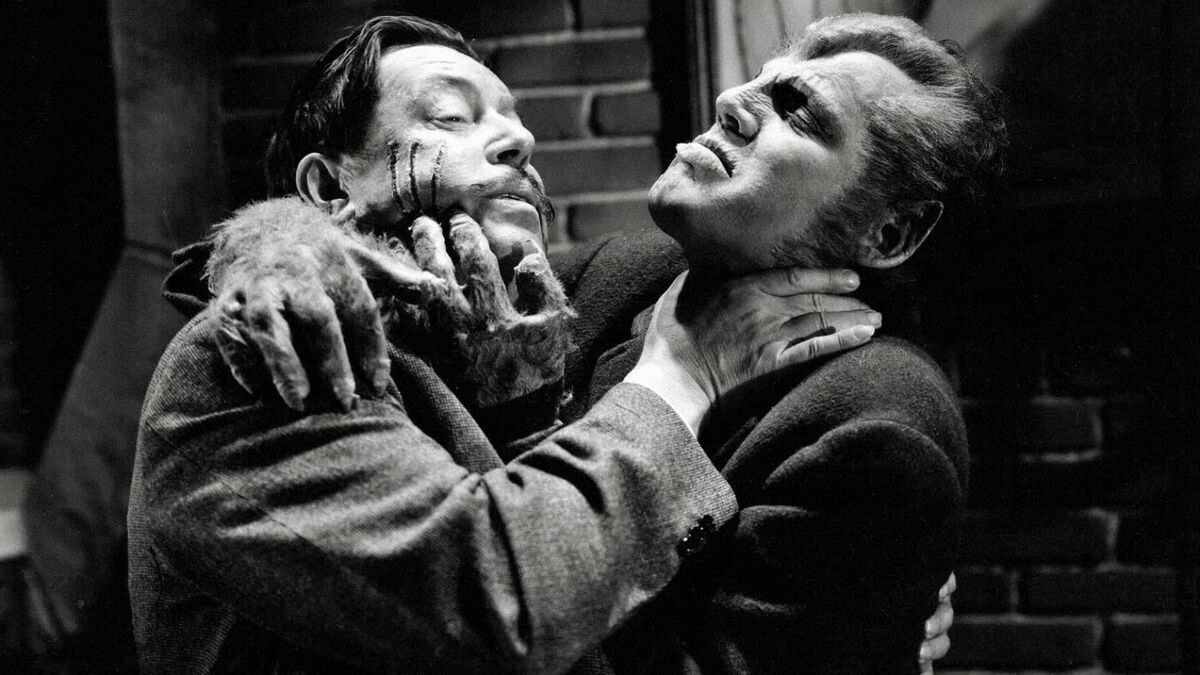Werewolf of London (1935)

“Werewolf of London” a seminal horror film released in 1935 and directed by Stuart Walker, stands as a pioneering entry in the werewolf genre, paving the way for future cinematic explorations of lycanthropy and supernatural terror. Starring Henry Hull as Dr. Wilfred Glendon, Warner Oland as Dr. Yogami, and Valerie Hobson as Lisa Glendon, the film unfolds with atmospheric suspense and psychological intrigue.
Set against the backdrop of London in the 1930s, “Werewolf of London” follows the esteemed botanist Dr. Wilfred Glendon on an expedition to Tibet in search of a rare flower with unique properties. During his quest, Glendon is bitten by a mysterious creature, setting off a series of harrowing events as he discovers he has been cursed with the ability to transform into a werewolf under the light of the full moon.

Henry Hull delivers a compelling performance as Dr. Wilfred Glendon, portraying a man grappling with the duality of his nature and the horrifying consequences of his transformation. His portrayal captures the gradual descent into madness and primal instinct, exploring themes of identity, morality, and the struggle between reason and primal urges.
Warner Oland’s portrayal of Dr. Yogami, a fellow scientist with a dark secret, adds depth to the narrative as he becomes embroiled in Glendon’s plight. Oland’s nuanced performance highlights the moral ambiguity and supernatural elements that permeate the story, contributing to the film’s atmospheric tension and sense of foreboding.

Valerie Hobson’s portrayal of Lisa Glendon, the supportive and devoted wife of Dr. Wilfred Glendon, provides emotional grounding amidst the film’s supernatural horrors. Her character’s unwavering loyalty and love for her husband underscore the human drama at the heart of the narrative, offering a poignant contrast to the film’s darker themes.
Director Stuart Walker’s deft handling of suspense and horror elements, coupled with innovative makeup effects and atmospheric cinematography, enhances the film’s chilling atmosphere and enduring impact. “Werewolf of London” established visual and narrative conventions that would influence subsequent werewolf-themed films and solidify its place in horror cinema history.

Released in 1935, “Werewolf of London” captivated audiences with its blend of Gothic horror, psychological depth, and groundbreaking special effects. Its exploration of lycanthropy as a metaphor for human transformation and the primal forces within us resonated with viewers, cementing its status as a classic of the genre.
In conclusion, “Werewolf of London” remains a landmark achievement in horror cinema, celebrated for its atmospheric storytelling, memorable performances, and pioneering exploration of lycanthropy. With standout performances by Henry Hull, Warner Oland, and Valerie Hobson, alongside Stuart Walker’s visionary direction, the film continues to enthrall audiences with its timeless tale of terror and transformation.